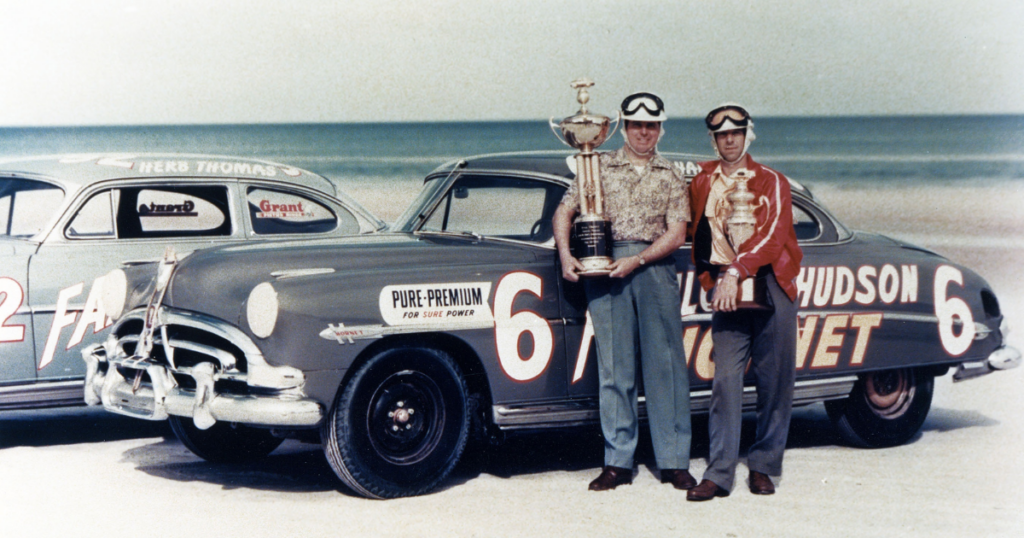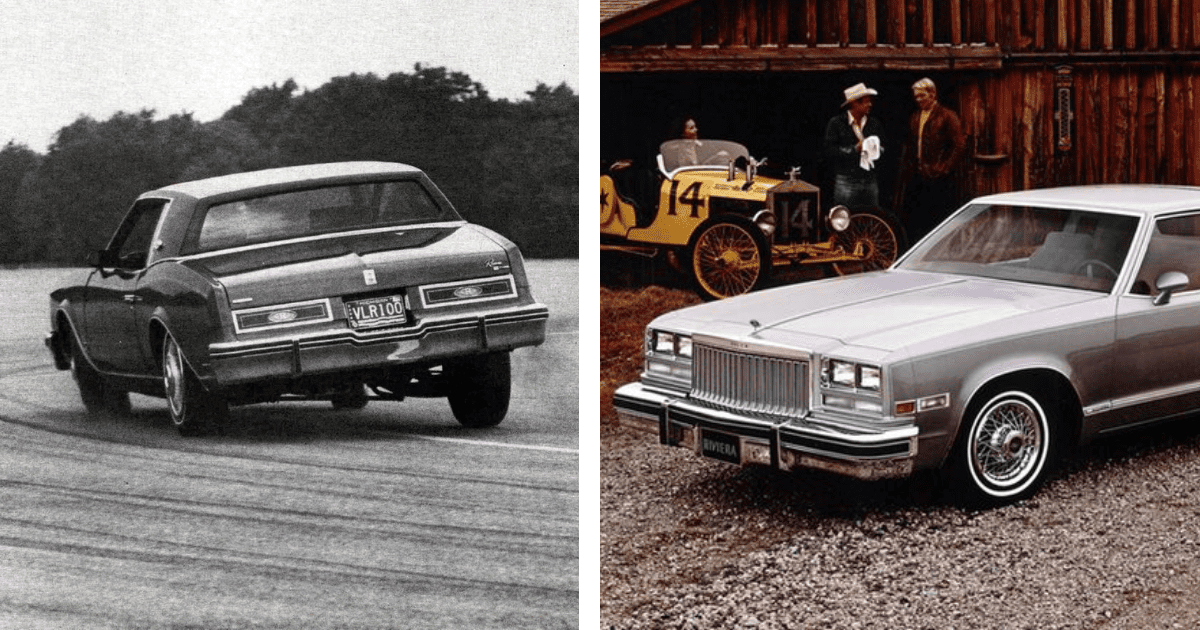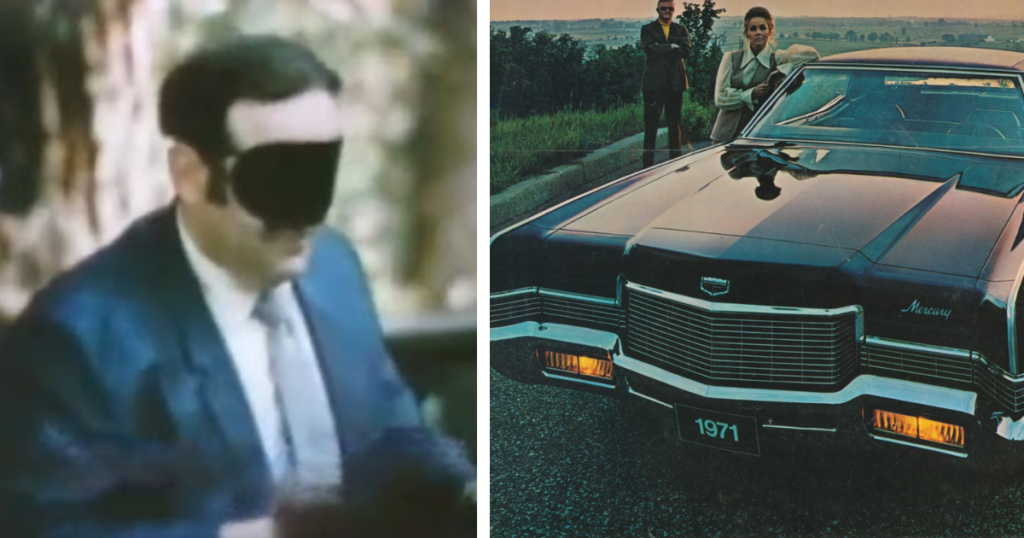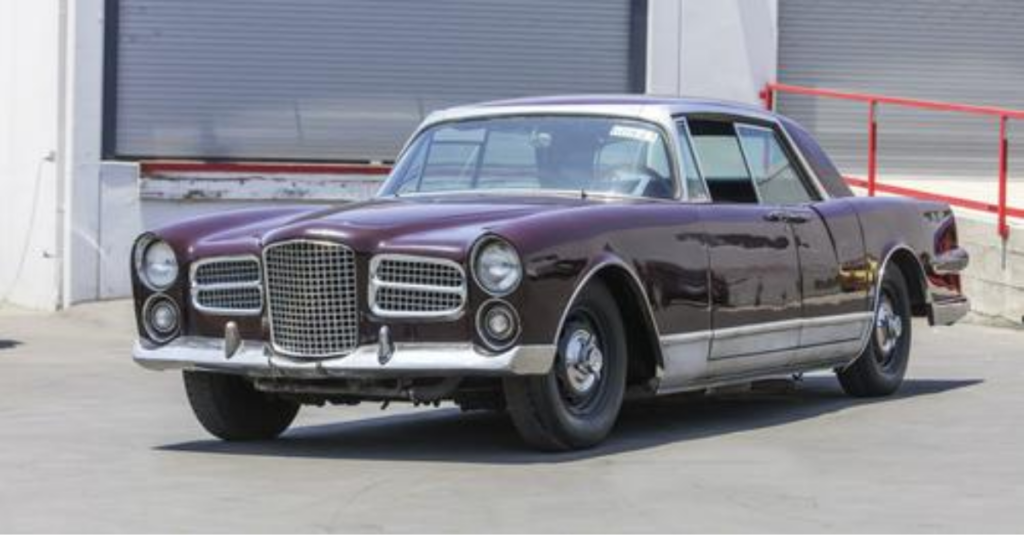
The rise of velour interiors in the Detroit car industry during the 1970s wasn’t a sudden phenomenon; rather, it was a reflection of evolving times and technological advancements. By the early ’70s, the textile industry had made significant strides, introducing durable and cost-effective polyesters with a plush, velvet-like appearance and texture.
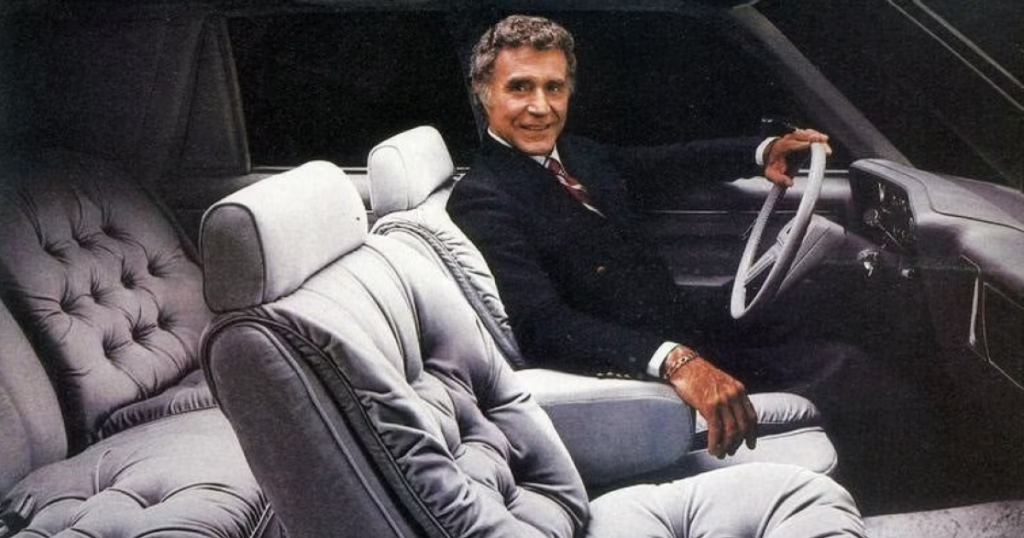
This breakthrough in materials and manufacturing processes resulted in a velour craze that permeated various facets of society. Velours became ubiquitous in fashion, adorning men’s suits and women’s attire, as well as finding their way into home furnishings such as drapes and sofas. However, it was in automobile interiors where velours truly made a significant impact.
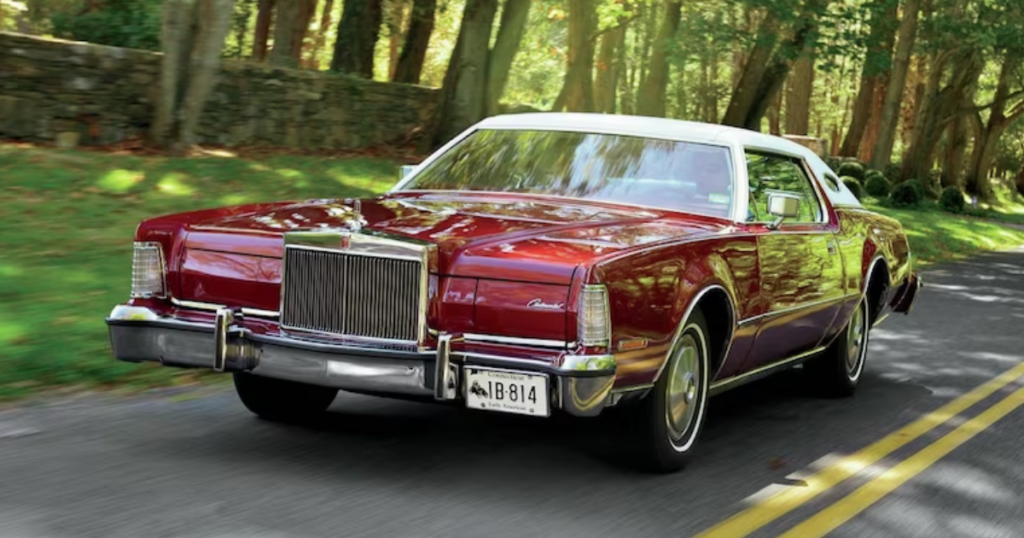
Motor City’s interior designers embraced velours in every conceivable color and pattern, ranging from the distinctive crushed look on the 1974 Lincoln Continental to the popular red velour that drew comparisons to musical instrument cases, as seen in the 1974 Ford Thunderbird.

During the pinnacle of the velour era in the 1970s, luxury aesthetics were defined by features like puffy pillow-top cushions and deep, soft button tufting. An example is the 1974 Chrysler Imperial sedan, which sported gold velour as standard upholstery, with a leather-vinyl option available at an extra cost. This period marked the automotive industry’s embrace of a grand boudoir look, reminiscent of a bygone era or one’s grandmother’s sitting room.
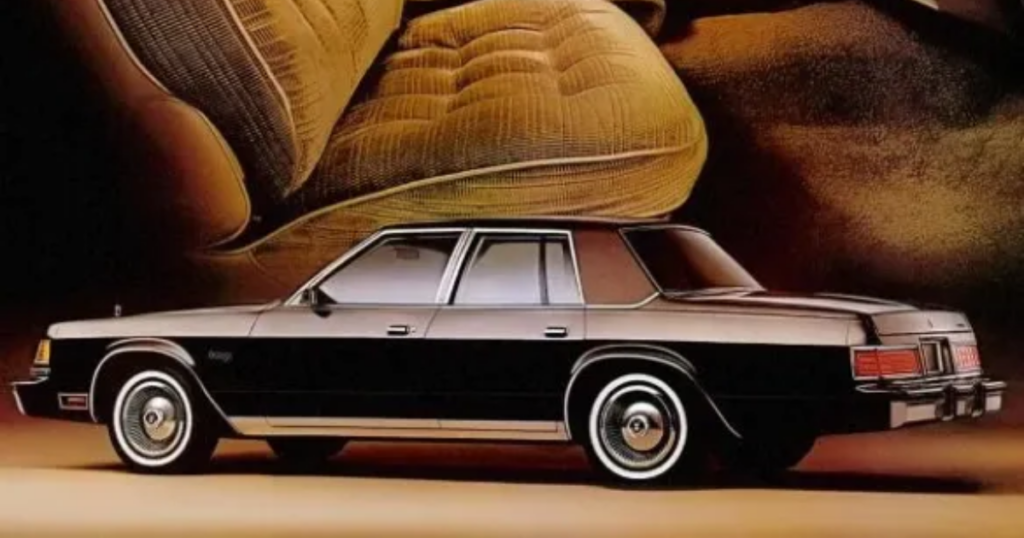
As the velour era reached its zenith, the elaborate rococo theme in cockpit design eventually gave way to more conservative and restrained approaches, exemplified by the 1979 Dodge St. Regis. Despite this shift, the velour influence persisted, albeit in a more muted form. Even today, remnants of the velour era can be found in contemporary fabrics, subtly nodding to a time when automotive interiors exuded a distinct touch of luxury and flamboyance.

